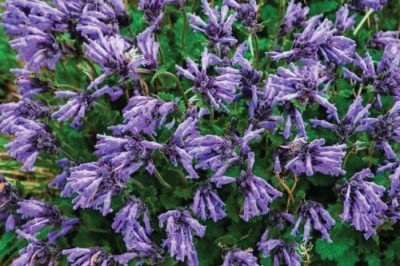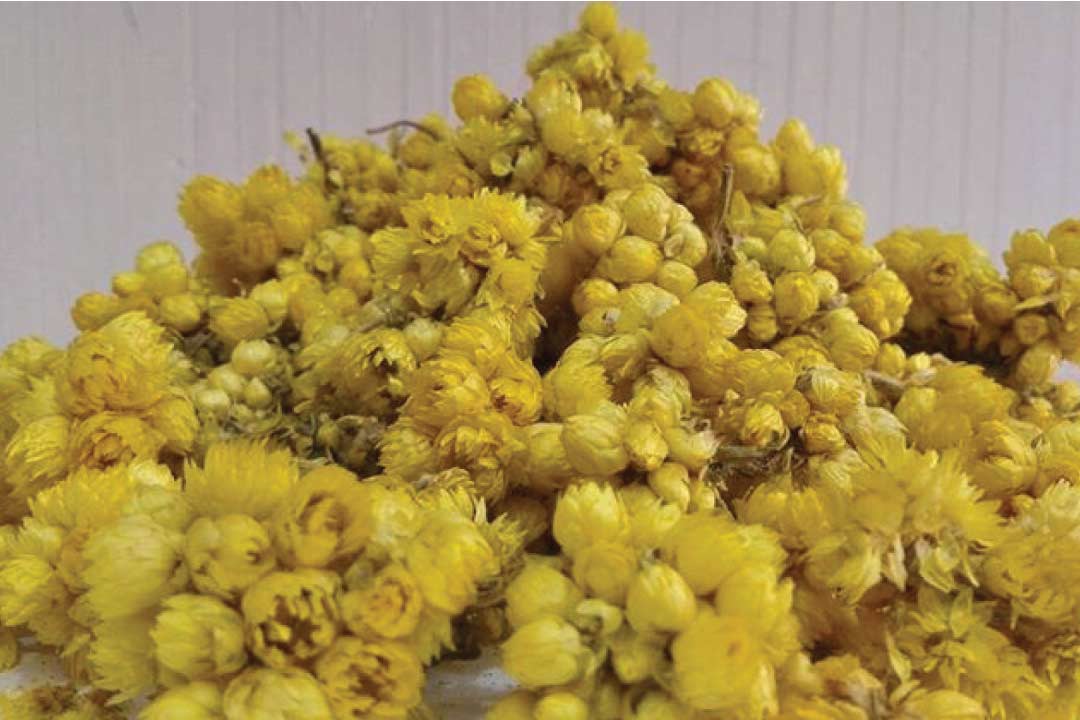The Dracocephalum plant is from the mint family. Dracocephalum grows quickly and is originally native to southern Europe, various parts of the Middle East, and Central Asia. The plant naturally affects the nervous system and causes relaxation.
This aromatic plant has had a special place in traditional medicine for a long time.
This plant flowers between July and August. The growth rate of this plant is high. The properties of Dracocephalo are more than other products.
consumption
- fresh
- dried up
- tea
- Dracocephalum sweat
The nature of the Dracocephalum plant is warm.
The properties of Dracocephalum are used in traditional medicine, especially in European countries such as Austria.
Dracocephalum plant is one of the tastiest and most useful plants in the world.
It has a fresh, lemony aroma and a citrus-like taste. Dried Dracocephalum powder is used in cooking. Dracocephalum oil is used to freshen the air and reduce stress.
The Dracocephalum plant is used to produce creams used in the treatment of diseases such as herpes.
Because of its fragrance, Dracocephalum is used in making soaps, scented candles, disinfectants and insect repellent sprays.
Compounds
- Volatile essential oil (0.02-0.8%): main compounds include geranial (citral a), neral (citral b), citronella plus linalool, geraniol, geraniol lactate, methyl citronella, trans-beta ocimen, germacrene D and eugenol.
- Glycosides: from alcoholic or phenolic compounds of volatile essential oil, for example, eugenol glycoside.
- Caffeic acid derivatives: Rosmaric acid (more than 4.7%)
- Flavonoids: including sinaroside, cosmosin, rhamnocitrin, isoquercitrin and other flavonoids.
- Triterpene acids: ursolic acid and other compounds.
Dracocephalum tea
Dracocephalum tea or Melissa tea has antioxidant properties that prevent damage to cells.This tea prevents numbness and brings peace of mind.
But dracocephalum tea has an increasing effect on insulin resistance and regulates blood sugar.
the properties of Dracocephalum are more than other products because it is prepared from a large amount of its leaves.
Properties
- Support the digestive system
- To strengthen the immune system
- Strong antioxidant
- To support liver health
- To regulate blood sugar levels
- Protection of brain cells
- To protect memory and cognitive functions
- To help with thyroid and chronic fatigue
- To support skin health
- To treat painful attacks and rapid heartbeats
- To reduce depression and anxiety
- Has antimicrobial properties
- It reduces the risk of cancer
- It helps in healthy digestion
- It helps with urination
- Helps reduce high blood pressure
- weight loss
- Relieves menstrual pain
- To possibly reduce inflammation
- Help the nerves
- Help improve sleep
side effects
Excessive consumption of this herbal sweat may:
- Dizziness, increased hunger, dry mouth, increased urination and fatigue.
- Some people may be allergic to this plant. If you notice signs of an allergic reaction such as hives or skin inflammation, itching, difficulty breathing, fast heartbeat, see a doctor immediately.
if; You should not take this herb if you are pregnant, taking diuretics, have a weak heartbeat, or have low potassium levels.
Nutritional value table
| energy | 48 calories |
| copper | 8 grams |
| Manganese | 7 grams |
| magnesium | 2 grams |
| folate | 2 mg |
| Potassium | 2 mg |
| zinc | 2 mg |
| Protein | 33% of the total |
| Carbohydrate | 25% of the total |
| Gluten, sugar, lactose | 0% |






















I am truly thankful to the owner of this web site who has shared this fantastic piece of writing at at this place.
This was beautiful Admin. Thank you for your reflections.
Great information shared.. really enjoyed reading this post thank you author for sharing this post .. appreciated
This was beautiful Admin. Thank you for your reflections.
Great information shared.. really enjoyed reading this post thank you author for sharing this post .. appreciated
This is really interesting, You’re a very skilled blogger. I’ve joined your feed and look forward to seeking more of your magnificent post. Also, I’ve shared your site in my social networks!
you are in reality a just right webmaster The site loading velocity is incredible It seems that you are doing any unique trick In addition The contents are masterwork you have performed a wonderful task on this topic